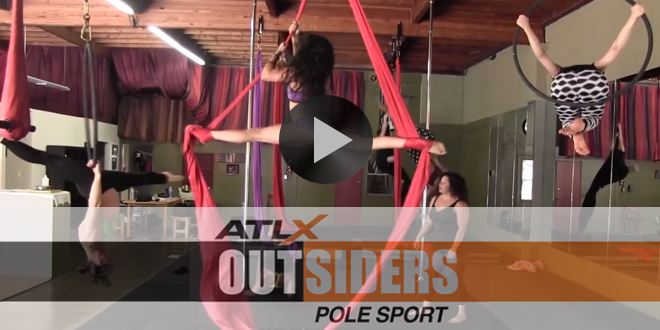By: Jason Lewis
Swimming is an awesome way to meet your weekly exercise needs, and for people who have to limit the amount of high-impact activities that they can do because of joint issues, getting in the pool may be the best way to meet fitness needs. But there is one thing that you have to be good at to get the most out of this calorie-burning workout. That would be swimming.
Most people can swim to some degree, but for a lot of folks, that would simply consist of making their way to the edge of the pool. Swimming for a long enough duration of time to get a good workout can be really tough. Shea Buckner, who led USC to back-to-back water polo national titles and is a member of the U.S. Olympic team, takes training to the extreme, as he swims up to 11,000 yards in a given day. He certainly does not advise anybody to do that, but he recommends that people set a goal to reach the 1,000-yard mark in a swimming session.
Even that goal may be a little tough for people because swimming is a total body workout, as upper body, lower body, and the core muscles are engaged at all times. It is not like running on dry ground, where certain muscles can be rested. Trained swimmers are conditioned to glide through the water for a long period of time, a struggle for the everyday athlete. Trained swimmers spend a lot of time inside the pool conditioning their body, but a lot of their work is also spent outside of it.
“Overall, upper body, lower body, and core strength are very crucial for [swimmers] to gain faster speed, to be explosive off the wall, and also be explosive through stroking,” said Chang Lee, Performance Specialist at Athletes’ Performance Institute, where he has worked with Olympic swimmers.
Lee enhances a swimmer’s ability to pierce through the water by getting them in the weight room for resistance training, because more strength can be developed outside of the pool than in it. He puts an emphasis on the core and thoracic spine. Lee points out that core training does not mean performing sit-ups and other abdominal exercises, and that the core muscles that swimmers really need to focus on are not visible. A good looking 6-pack does not mean that somebody will be a good swimmer. It is the small muscles that stabilize the spine. But if you notice, a 6-pack usually comes with the territory.
It is important to have a strong core and thoracic spine mobility to streamline the body through the water.
“When they’re moving their arms up and down as they are stroking, their body will turn side to side. They want to eliminate lateral movement as much as possible,” Lee said. “When thoracic spine mobility is great, they will have a better drag in the water. By going straight they have less water resistance that they have to go against.”
There are various ways to improve core strength. Body weight exercises such as lunges, squats, pull-ups and push-ups engage the core muscles while strengthening upper and lower body muscles. Advanced calisthenic athletes have extremely strong core muscles without lifting weights, as they mostly perform body weight exercises.
Paddleboarding has gained in popularity over the years, partly because it allows people to exercise in the great outdoors, but also because it is one of the best ways to hit the core muscles. It is such a great core workout that stuntmen have taken up this activity to help them withstand the pounding that they have to take while shooting movies.
While the bulk of swimming workouts should be done while swimming, strengthening the body through other types of workouts can enhance a person’s ability to make it back and forth through the pool, which will allow a person to have longer workouts, burning more calories and leading to great fitness levels.
 ATLX The only sports entertainment television and digital media network fully devoted to everyday athletes, athletic lifestyle and athletic culture.
ATLX The only sports entertainment television and digital media network fully devoted to everyday athletes, athletic lifestyle and athletic culture.




